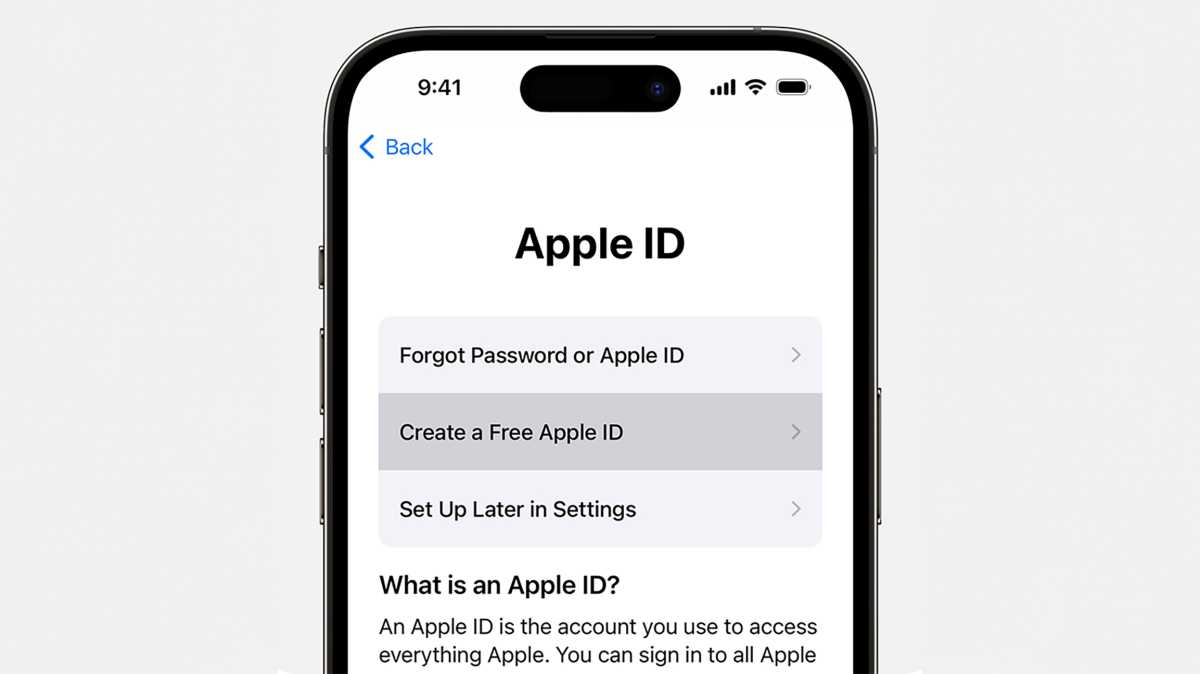Last week, my family and I–like so many others in the U.S.–hopped in a car to try and catch sight of a total eclipse. And, like so many other parents, I planned to distract my kid for some part of this lengthy adventure with an iPad.
As my kid is still under two, there hasn’t been a lot of time spent with screens, aside from occasionally “playing” a game on our phones or watching some videos of trains. This marked the first time I planned to actually hand over a whole device–albeit still with the idea of just watching some downloaded videos–and I found as I set up the iPad what likely a legion of parents before me has also discovered: setting up an Apple device for a kid is kind of annoying.
I’ve been covering Apple for almost 20 years, so you’d be forgiven for thinking this wouldn’t shock me, but the simple truth is that, not unlike The Matrix, this is something you have to experience for yourself. Ultimately, I concluded that Apple should really improve this experience for all of us time- and attention-strapped parents in various ways.
Everything is permissible
Let’s start by saying that Apple does have an extensive set of parental controls baked into its operating systems, all now collected under the aegis of Screen Time. Ostensibly this set of features not only allows parents to monitor how much time their kids spend using devices, but also controls the limits of which apps can be used, which settings can be changed, and so on.
All to the good, but as I–again, a veteran technology journalist of almost two decades–embarked upon setting this all up, one thing quickly became clear: it is a pain. By default, everything is on and allowed, even when the iCloud account you login to is a child’s account (more on which in a bit).
One thing that would be helpful here is some kind of kids profile, where permissions are locked down by default, allowing parents to selectively enable features they want kids to have access to. This also makes sense from the perspective of enabling more features as kids get older. It’d also be handy if it was an ad hoc mode you could go into, rather than having to spend the time setting up all the various permissions, the same way that Netflix has a kids profile that you can log into with just kids content. Reduce the friction by removing all the fiddling.
That’s not to say such a feature would be enough, but it would be a good jumping-off point.
ID, please
Having survived the eclipse trip without a major technology or child-related breakdown, I decided to start poking further at the setup to prepare for more involved future travel. At which point it seemed like the best approach was to bite the bullet and set up an Apple ID for the kid.

Apple tries to make it easy to create an Apple ID for a child, but the process can be buggy.
Apple tries to make it easy to create an Apple ID for a child, but the process can be buggy.
Apple
Apple tries to make it easy to create an Apple ID for a child, but the process can be buggy.
Apple
Apple
Apple, again to its credit, tries to make this process easy. If you have Family Sharing enabled, you can create a child account that links the Apple ID to your family, giving the kid access to shared purchases, but also in some regions controlling how certain features work.
Unfortunately, the setup process was, for me, rife with bugs. After trying to create the child account several times on my phone, each time slowly typing in a password (because I couldn’t use iCloud Keychain to easily autofill one or paste one into the field), I was repeatedly greeted with an error message telling me simply that the account could not be created. Eventually, I gave up and tried on my Mac, wherein I had better luck–except I either mistakenly accepted the default email address created for me or the system never provided me an option to change it.
Changing it to the correct email address proved likewise a chore, requiring an authorization email to me as the parent which took so long to arrive that I thought it had failed; I canceled the request and tried to resubmit it and when I then received the email and clicked on the approval link, I was told that it was invalid…because it turned out it was the email from the first request. (Not to mention the involvement of some truly terrible user experience.) This is less a critique of the setup process, admittedly, than its reliability, but reliability is key: I would not have faulted most people for giving up after the second or third time it failed.
At long last, I got everything sorted out and had an ID in place. So back I went to the iPad to put the two of them together.
Never the twain shall meet
Wherein I discovered that when I logged into the child account I had to go through and turn off all the permissions all over again (with the exception of content restrictions, which did seem to transfer over from the Apple ID configuration). This seems a little ridiculous, given that the Apple ID account is marked as being for a child–surely it would, once again, make more sense to have permissions disabled by default or, at the very least, honor the permissions I’d already configured.
Even beyond the permission issue, however, there are other challenges with handing an iPad to a young kid. For example, in the case of having mine watch a video, there’s always the chance of them accidentally touching a control or turning the iPad’s screen off. Fortunately, you can avoid that with the Guided Access accessibility feature, which is handy, but also kind of a pain to set up, since it requires you to choose which areas of the screen (or other hardware features) are off-limits and set up another passcode (on top of the device and Screen Time passcodes). As an accessibility feature, it’s pretty good, but as a feature for parents, it feels like it could use some simplicity to encourage its usage.
Perhaps the biggest weak spot in Screen Time, however, is the use of the passcode. Yes, it’s good that making changes requires authorization…but a 4-digit passcode? In this economy? Apple’s been long pushing people towards 6-digit if not fully alphanumeric passcodes for their devices—I assure you, it’s not hard for a kid to suss out four numbers: we parents are often all too frazzled for quality OPSEC.
I’m well aware that this situation is only going to get more challenging the older my kid gets: not only pushing for more autonomy and more capability but–if my own youth is any indication–actively trying to work out how to get around the restrictions in place, out of curiosity if nothing else. While technology isn’t the only or even best way to deal with that, it would certainly help if Apple offered tools a little better tailored to the particular challenges of parenting in the digital age.
>>> Read full article>>>
Copyright for syndicated content belongs to the linked Source : MacWorld – https://www.macworld.com/article/2305919/apple-parental-controls-need-improvement.html































